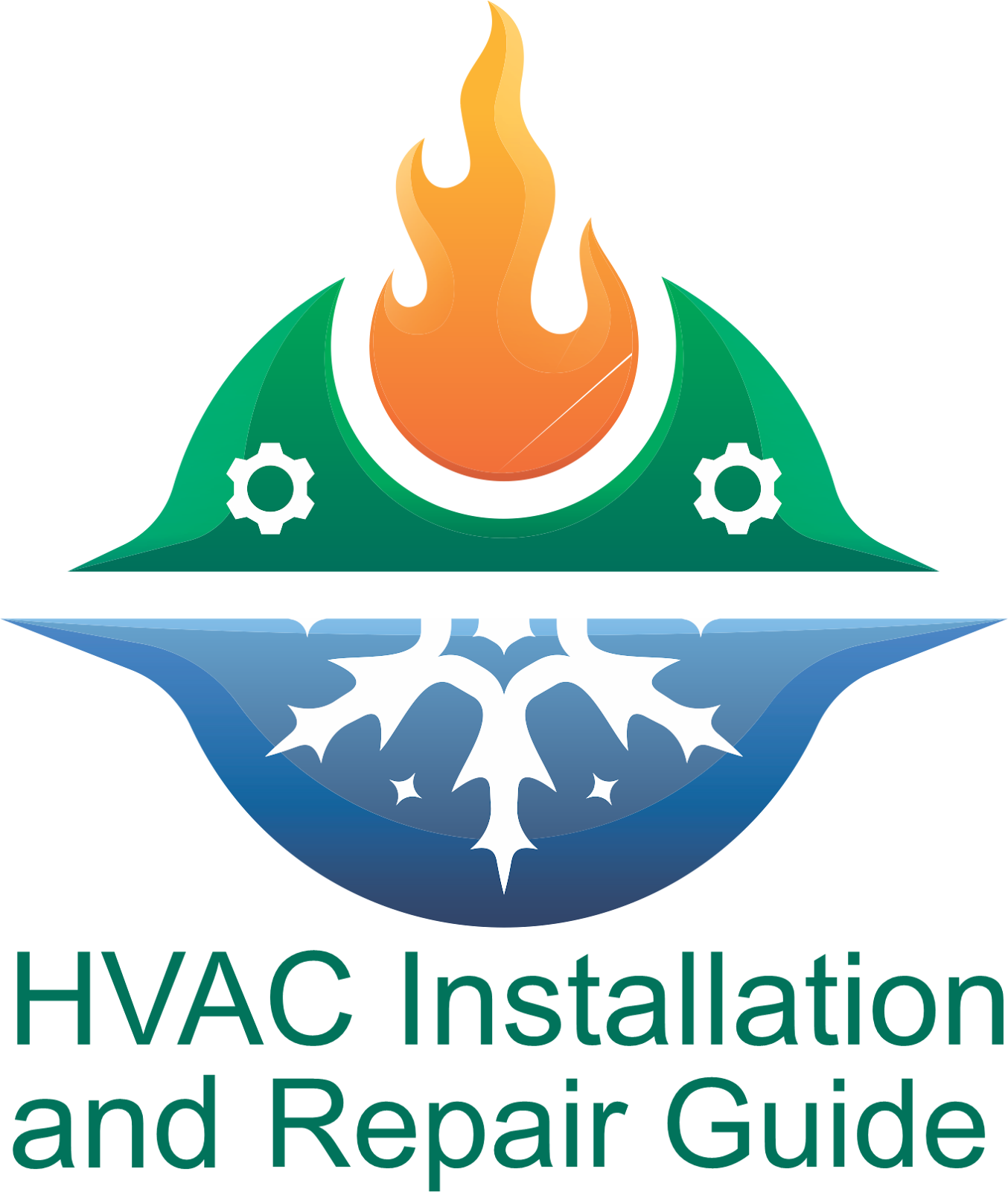Is Water Seeping From Your Air Conditioning? Here Are 8 Potential Reasons
1. A condensate drain that is clogged
2. Drain Line Is Disconnected
The connection between the drain line and the drain pan could become loose or disconnected, albeit this is not very common. When changing the air filter or working close to the device, this can be the reason. In the event that the drain line separates from the pan, AC leaks may happen. Check your AC to see if the drain line is still attached to the coil drain pan. If it is no longer connected, we advise contacting an HVAC specialist right away to fix the problem.
3. A broken condensate pump
Condensate pumps are necessary for some air conditioners in order to drain the water effectively. These pumps are required when the home's drainage system is situated above the air conditioner. If the condensate pump malfunctions, water may still back up in the pan and spill out even if the drain is clear. Initially, confirm that the pump is on. If not, a malfunctioning condensate pump may be to blame for the AC leak.
4. A dirty or damaged evaporator coil
Small drips in preference to a larger pool may be caused by water splashing off the evaporator coil as opposed to properly draining into the drain pan and condensate line if you notice them around the exterior of your furnace or air handler. This might be the case if the coils are unclean or if water is diverted via holes in the insulation surrounding the coils.
5. Low Refrigerant Level
The refrigerant level may be low as a result of a leak if you discover one and the air conditioner isn't chilling as it should. Refrigerant, which is used by air conditioners to produce cool air, must be checked frequently as part of seasonal maintenance to ensure the longevity of your appliance. The evaporator coils could freeze over and overflow the drain pan when they defrost if there is insufficient refrigerant. Contrary to popular belief, your air conditioner doesn't need to be refilled unless there is a leak. Since the system is sealed, recharging is only required when a leak manifests itself.
6. Unclean Air Filter
To ensure adequate airflow, your air conditioner's filter should be changed frequently. The evaporator coils could freeze if there is insufficient airflow, which would cause them to get excessively chilly. Then, as the evaporator coils defrost, too much water will gather in the drain pan, perhaps resulting in an overflow. Try replacing your air filter to fix this. Sometimes more repairs are the best choice if the issue persists.
7. It Is Too Cold Outside to Run the AC
In warm weather, air conditioners are designed to be used. If you use your air conditioner while the outside temperature is 60 degrees or lower, the evaporator coils may freeze. The water and ice will defrost and fall off the evaporator coils, possibly causing an overflow because the ice has blocked the drain pan hole.
8. A leaky drip pan
Even though air conditioners are built to last, nothing lasts forever. If your air conditioner is 12 years old or older, years of regular usage may have damaged or rusted the drip pan. If the drain pan is pierced with holes, condensate may seep through and cause a leak in the water system.



